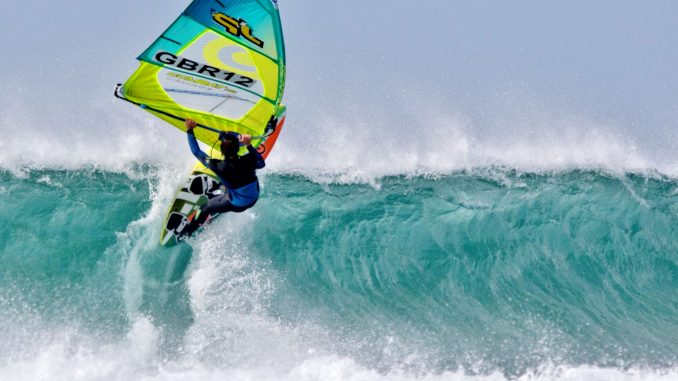
Words: Ben Page – Pics: Simon Burgess, Jan Bowden, Luke Raistrick, Stefan Hilder
For many windsurfers winter means a training trip to an exotic location such as South Africa or Maui. But what of the UK in winter? It’s no secret that the winter months are our wildest in terms of weather, with the south west of England bearing the brunt of many an Atlantic storm. The winter of 2016/17 presented an opportunity for me to move to Devon. I took a year out from my medical degree to study for a BSC in sport science at Exeter University. This cunning postponement of my impending adulthood put me in prime location to make the most of what the winter in the South West had to offer.
While Exeter is not on the doorstep of any quality wave spots, it is centrally located to give day trip access to all of Devon and Cornwall. An hour gets you to Bigbury, an extra thirty minutes reaches the North Devon coast and an hour and forty five gets you to the Ho’okipa of UK windsurfing; Gwithian. Distances are great so fuel costs can be high, but with my enthusiasm for dodgy car camping I stretched out each beach trip to the max so I could get as much water time as possible from each trip to the fuel pumps.
One of the fantastic things about windsurfing on a peninsula is that wind comes from all directions, and it’s always good somewhere. The variety of conditions on offer in Devon and Cornwall is staggering, no two days are the same, and with so many different spots to choose from there is no chance of getting bored. There were weeks where I sailed cross off, logo high port tack on the north coast one day, surfed head high glass the next and then went to the south coast for a nuking jumping session. All this with some incredibly scenic backdrops, few crowds and, because it was winter, free parking!
In a whole winter there were a few sessions that really stuck in my head. Many were at Gwithian, its reputation really does precede it and it’s not hard to see why. Among many special times afloat though, there was one day in particular that I remember most. The forecast was incredibly borderline and I mostly went to the beach to see my friend Charlie Gilman. We rigged anyway and headed out for what looked like 2ft waves. As we hit the water, something happened, I don’t know if it was the tide, or a swell change or what, but it suddenly quadrupled in size to completely hollow, logo high perfection. It was brief, a little over an hour of punting aerials off the heaving dumpers before the wind swung bolt offshore and it was all over. Each time we drive to the beach to go windsurfing, we are, in effect, gambling. I think that’s why it is so euphorically rewarding when you score that special session. It is literally like winning the lottery and that day left Charlie and I giggling like schoolgirls. Maybe it is this gambling element that makes windsurfing so addictive, combined with the incredible adrenaline rush we all feel, it certainly makes for an intoxicating combination. I think in reality, we’re all just junkies chasing the high. This is why I almost always end up making that drive to the beach, because you can’t win the lottery if you don’t buy a ticket.
It’s always a great feeling when you figure out a new spot. I’d heard many things about Bigbury, the terms ‘gusty’, ‘frustrating’ and ‘Bigbury rage’ tended to feature heavily. This didn’t exactly raise my expectations. Fortunately I’m rarely one to listen to the pessimists, and instead listened to my biggest windsurfing inspiration, my dad. He was full of praise for the place after spending a lot of time there back in the 80s when wave sailing was still in its infancy. I figured if he managed to have fun with a batten free, cloth sail and a board with the mast track six inches from the nose, then there must be more to it than this alleged gusty hell. As much as many of us may not like to admit it, dads are usually right about most things. Fortunately for me, this time was no exception. It didn’t happen immediately, I had a few skunkings and disappointments before I caught the golden forecast. But then nothing worth doing goes right the first time.
As it turned out the stars align when the wind goes WNW. Cross shore starboard tack conditions are a particular favourite of mine and that is probably why I loved it so much. High tide is great for jumping, with ramps lining up in the rivermouth under the cliffs. Low tide makes the waves rather dumpy and huge fun for a bit of high stakes waveriding. ‘Hit it before it hits you’ is a good mantra for low tide at Bigbury.
February was the month when the place really came alive. There was a two week period where I sailed there almost every other day. Dashing down after lectures, never more than five people on the water and sometimes totally alone, it was brilliant. Albeit somewhat chilly. Bigbury is certainly a beach with its quirks. Rogue waves out in the middle of the bay, twice the size of everything else, help keep you on your toes. There is no real out back safe zone like there is at most spots. You think you’re in the clear and then the entire horizon rises up into a giant, grey, growling monster and you have to decide if you’re brave enough to try and climb it. A solid chicken gybe is a valuable talent for a bigger day at Bigbury. It’s always satisfying when you score a new spot, but this was especially rewarding thanks to the significance of the place to my dad. The bay is also breathtakingly beautiful, and for me it’s often these little extra things that turn a good spot into a truly great one.
So what did I learn in my year in the South West? I learnt that camping and windsurfing in the winter can actually be a good combination. Although evenings are seriously boring if you’re sitting in a car in the pouring rain. Boring enough in fact to make me revise, and as it turns out, I did somehow learn enough sport science to pass my exams. However this is perhaps not a tactic I feel I should encourage. I learnt that you definitely don’t need a van to camp and windsurf. I discovered that it is in fact possible to cook and sleep in a Ford Focus. Although again it’s not something I can wholeheartedly recommend, as its death and subsequent borrowing of my girlfriend’s camper converted Land Rover did make my life much easier. I learnt that if you’ve slept in a car it is possible to be so cold that putting on a wet wetsuit actually warms you up. And finally, I learnt that yes, the South West definitely is best.

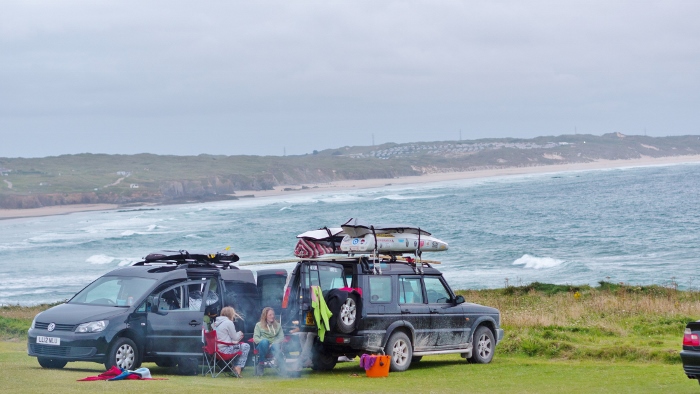
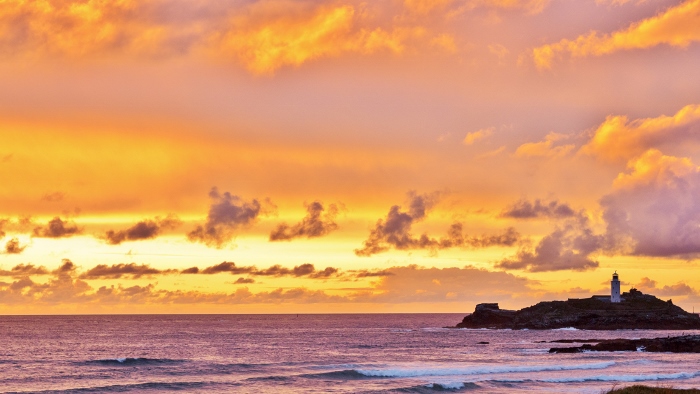
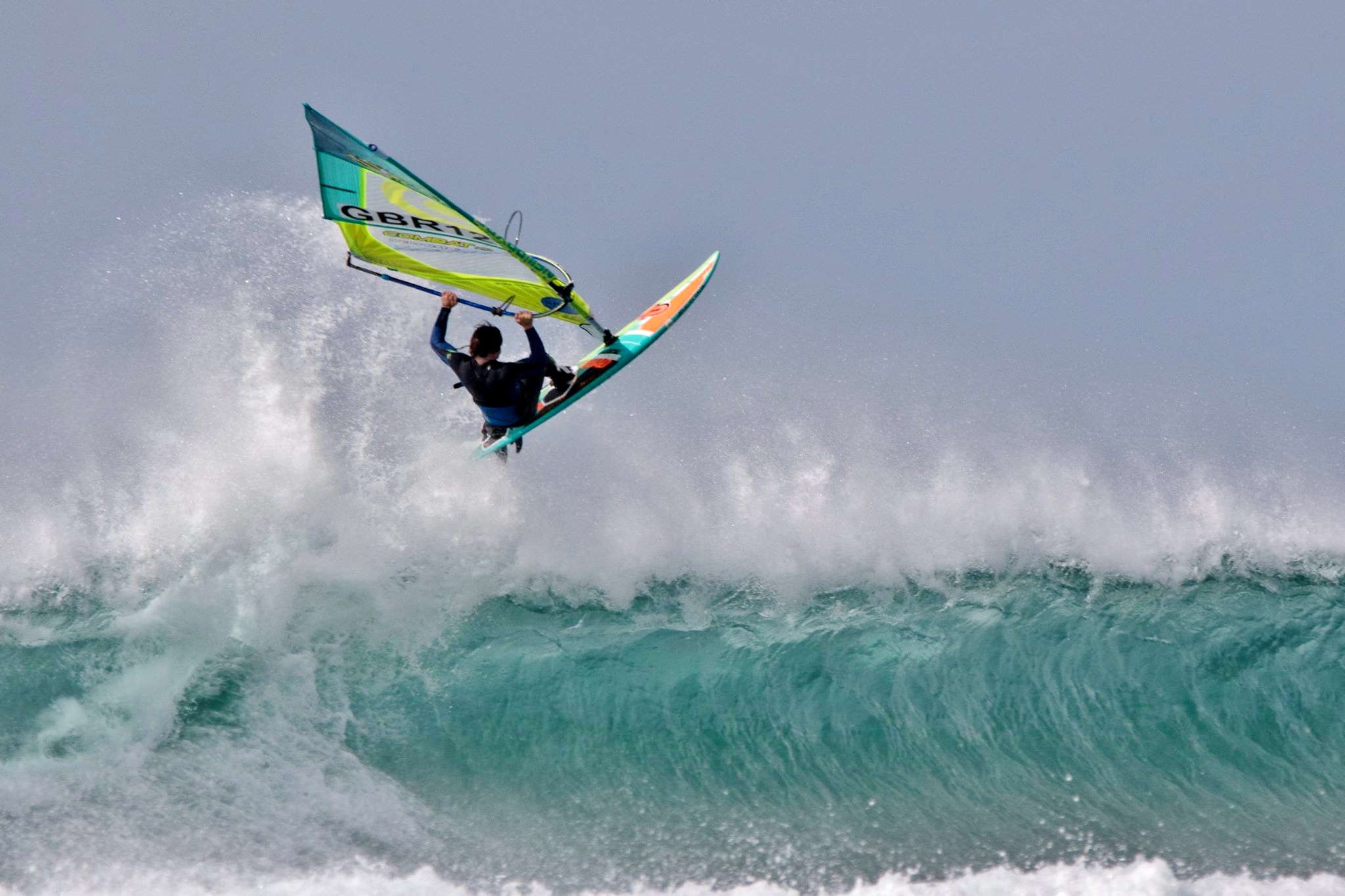
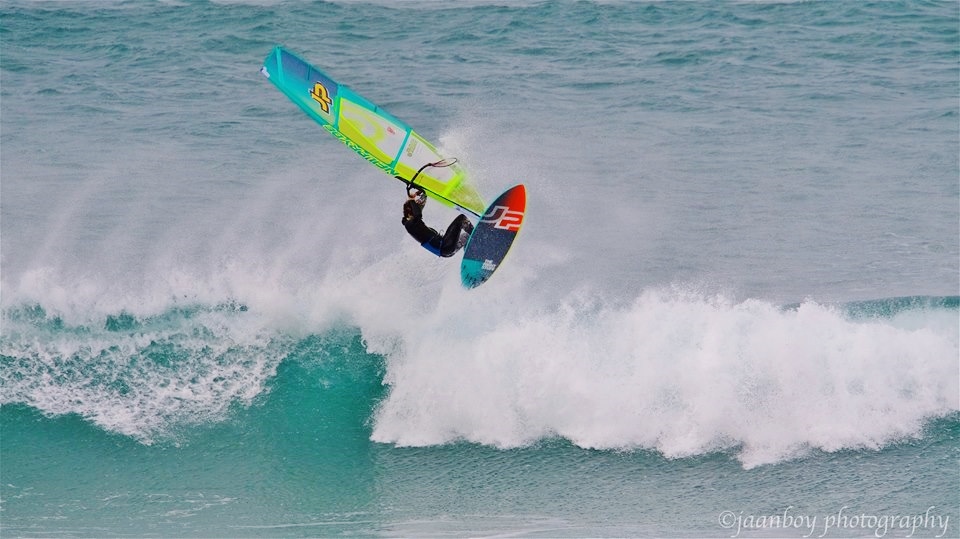
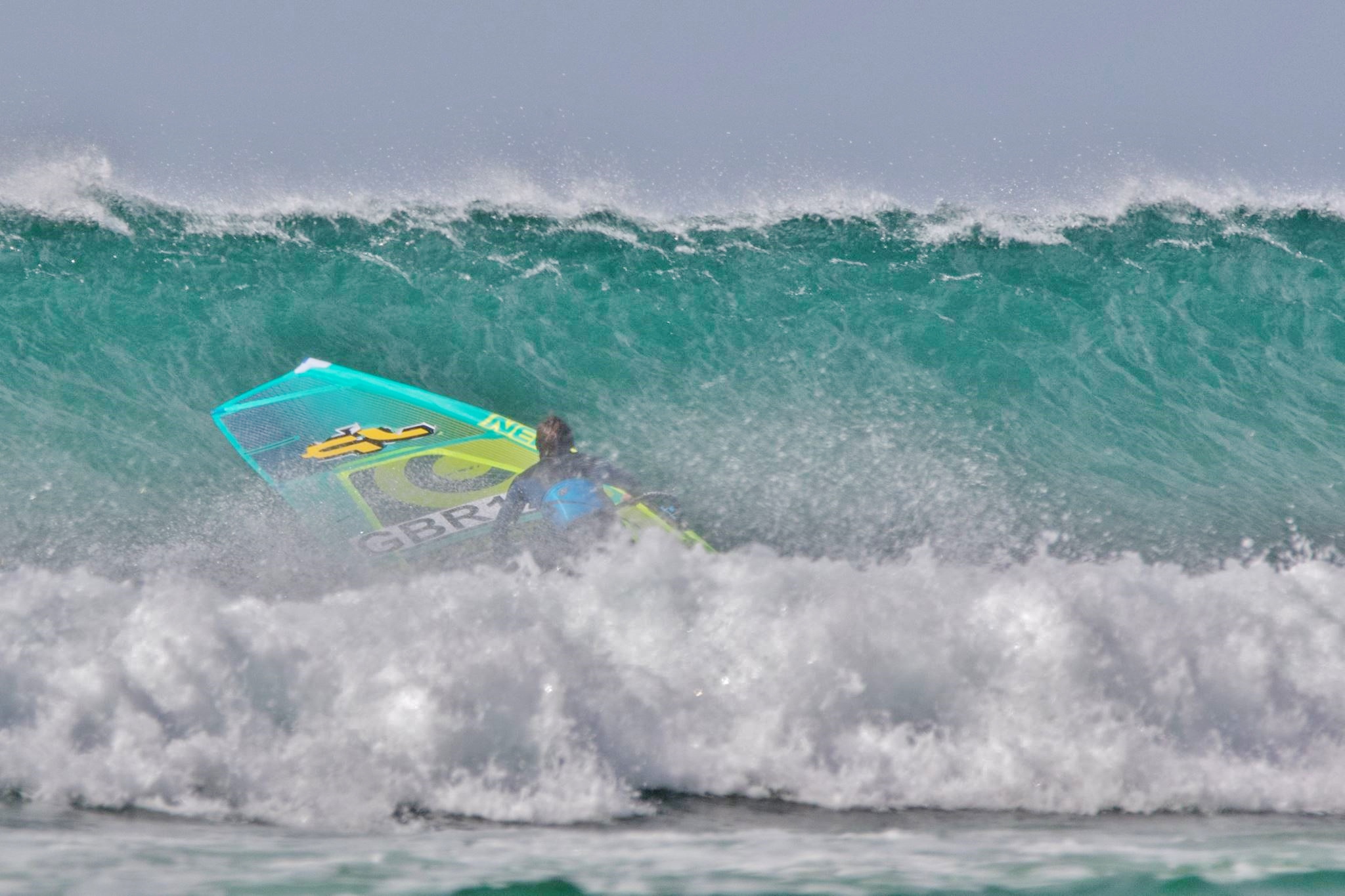
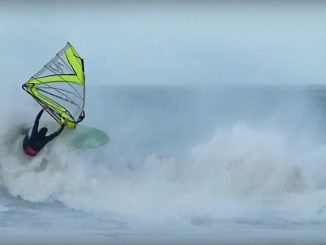
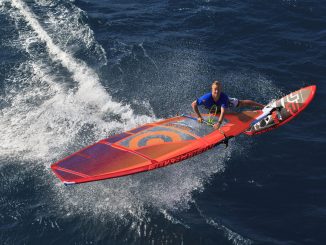
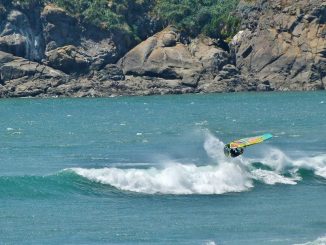
Leave a Reply